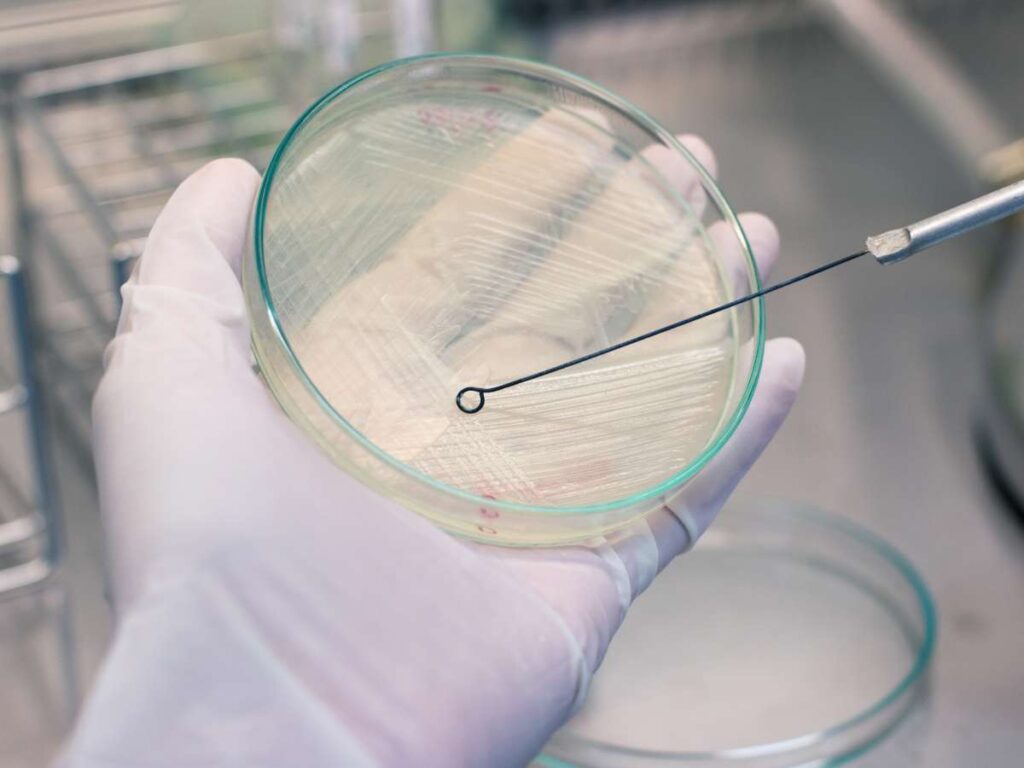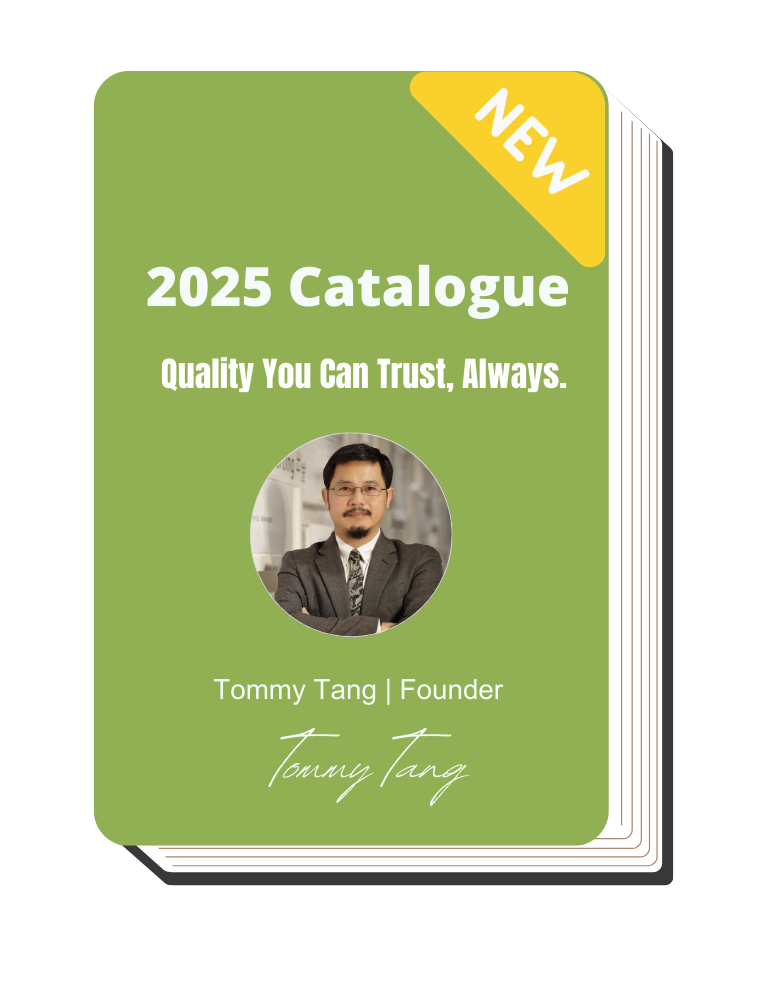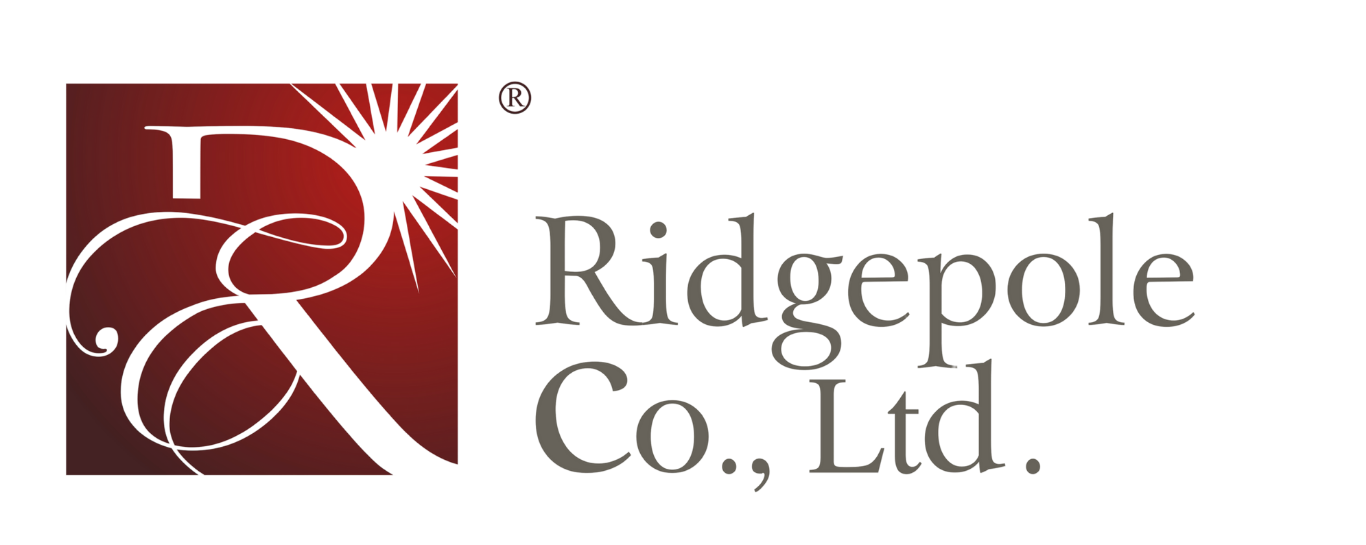Sunscreen Manufacturing Process: How It’s Made

Author: Tommy Tang | Founder at Ridgepole
Hi, I'm Tommy Tang, here to share my expertise in skincare with you.
Table of Contents
I used to think all sunscreens worked the same. That changed when I got a bad sunburn, despite reapplying every hour.
When I checked the label, I found confusing ingredient names and vague claims.
That’s when I started asking questions: How is sunscreen actually made? Do all manufacturers follow the same standards?
The more I learned, the more I realized that not all sunscreens offer the protection they claim. This isn’t just one company’s mistake, it happens more often than you’d think.
That’s why understanding the sunscreen manufacturing process matters. This article breaks it down for you. You’ll learn:
- The key ingredients in sunscreen and how they work.
- The step-by-step process of making sunscreen.
- What testing is needed for safety and SPF accuracy.
By the end, you’ll know how to evaluate manufacturers or start developing your own sunscreen with confidence.
Let’s get started!
Step#1 Research & Development (R&D)
Before sunscreen goes into production, it starts in the lab. This stage focuses on creating a formula that is safe, effective, and stable over time.
Formulation and Ingredient Sourcing
Scientists begin by selecting ingredients that provide UV protection, hydration, and skin benefits. A sunscreen formula usually contains:
- UV Filters – Either mineral (zinc oxide, titanium dioxide) or chemical (oxybenzone, avobenzone, octinoxate).
- Emollients – Help spread sunscreen evenly and keep the skin moisturized.
- Preservatives – Prevent bacteria and mold growth.
- Stabilizers – Keep the formula from separating over time.
Every ingredient must meet safety regulations and be tested for skin compatibility. Manufacturers source raw materials from certified suppliers to maintain quality.
Lab-Scale Testing
Once the initial formula is created, it goes through lab tests to check for:
- SPF Accuracy – Does it provide the labeled level of protection?
- Stability – Can it withstand temperature changes and long-term storage?
- Texture and Absorption – Does it feel greasy or leave a white cast?
Scientists test small batches under different conditions. They expose samples to heat, light, and humidity to see if the formula remains stable. If issues arise, they adjust the formula and test again.
This process continues until sunscreen meets industry standards and performs well in real-world conditions. Only then is it ready for the next step.

Step#2 Ingredient Mixing & Emulsification
Once the formula is finalized, the next step is mixing and emulsification. This process blends the ingredients into a smooth, stable sunscreen. The method used depends on the type of sunscreen being made.
Cold vs. Hot Process Manufacturing
Sunscreen formulas fall into two main categories:
- Cold Process – Used for lightweight lotions, gels, and sprays. This method does not require heat. Ingredients are mixed at room temperature, which helps keep sensitive ingredients stable.
- Hot Process – Necessary for thicker creams, wax-based formulas, and water-resistant sunscreens. Heat melts solid ingredients like waxes and emulsifiers, making them easier to blend.
Choosing the right method depends on the formula’s texture, stability, and performance needs.
Key Techniques for Proper Mixing
Mixing sunscreen isn’t as simple as stirring ingredients together. It requires precise techniques to create a stable formula.
- High-Shear Mixing – A powerful mixer is used to blend oil-based and water-based ingredients. This prevents separation and creates a uniform texture.
- Avoiding UV Filter Separation – Sunscreens contain UV filters that protect the skin from harmful rays. If not mixed properly, these filters can clump or settle, making sunscreen less effective.
- Emulsification – This process combines oil and water into a smooth mixture. Emulsifiers help keep the formula stable over time.
If mixing isn’t done correctly, sunscreen can separate, feel greasy, or fail to provide proper protection. That’s why manufacturers carefully control this step before moving on to quality testing.
Step#3 Homogenization
Once the ingredients are mixed, the formula goes through homogenization to create a smooth, even texture. This step ensures the sunscreen performs correctly and feels good on the skin.
Why Homogenization Matters
Sunscreen must provide consistent protection. If UV filters aren’t evenly distributed, some areas of the skin may get less coverage. Homogenization solves this problem by:
- Breaking down particles to a uniform size.
- Dispersing UV filters evenly throughout the formula.
- Preventing separation of oil and water phases.
High-pressure homogenizers or specialized mixers break up and distribute particles at a microscopic level. This step is critical for SPF accuracy and long-term stability.
Adjusting Viscosity for Skin Feel
A sunscreen’s texture matters. It needs to spread easily, absorb well, and leave a comfortable finish. To get the right balance, manufacturers adjust viscosity, or thickness, by:
- Adding thickeners for a creamy or gel-like feel.
- Using emollients to create a smooth, non-greasy finish.
- Fine-tuning water and oil content for better absorption.
If the sunscreen is too thin, it may run off the skin. If it is too thick, it can feel heavy or sticky. Finding the right balance ensures a product that protects, lasts, and feels good to wear.
After this step, the sunscreen moves on to stability testing to make sure it holds up under different conditions.
Step#4 SPF & Stability Testing
Before sunscreen reaches the market, it must go through rigorous testing. This step ensures the formula is stable, effective, and provides the protection it claims.
Stability Testing
Sunscreen is exposed to heat, light, and humidity to see how it holds up over time. If a formula breaks down, separates, or loses its SPF strength, it won’t work as intended.
Stability tests include:
- Heat Exposure – Sunscreen is stored at high temperatures to see if it melts, clumps, or changes color.
- UV Light Testing – Simulated sunlight exposure checks if the formula degrades when exposed to real-world conditions.
- Humidity Testing – The formula is placed in humid environments to see if it holds up in different climates.
If the formula fails, scientists adjust the ingredients and retest. A stable sunscreen must maintain its texture, SPF level, and protective properties over time.

Water Resistance & Sweat-Proofing
Many sunscreens claim to be water-resistant, but this must be proven through testing. The process involves:
- Applying sunscreen to a test subject’s skin.
- Submerging them in water for 40-80 minutes.
- Measuring SPF levels after exposure.
Sweat-proofing tests follow a similar process. If sunscreen loses too much effectiveness, the formula is adjusted.
These tests make sure sunscreen can handle real-world conditions without breaking down or washing away too quickly. Once it passes, it’s ready for the final stages of manufacturing.
Step#5 Packaging & Labeling
Once the sunscreen passes testing, it’s time for packaging and labeling. This step ensures the product stays safe, effective, and easy to use.
Choosing the Right Packaging
Sunscreen packaging does more than hold the product. It protects the formula from air, light, and contamination. Manufacturers choose between:
- Airless Pumps – Keep air out, preventing oxidation. Ideal for high-end sunscreens.
- Tubes – Flexible and easy to squeeze. Great for lotions and gels.
- Jars – Used for thicker creams but can expose the product to bacteria if not handled properly.
The right choice depends on the formula’s texture, shelf life, and how customers will use it.
Label Compliance & SPF Information
Sunscreen labels must follow strict regulations. They need to clearly list:
- SPF Rating – Shows the level of UVB protection.
- Broad-Spectrum Protection – Indicates protection from both UVA and UVB rays.
- Water Resistance – If tested, it must state how long it lasts (40 or 80 minutes).
- Usage Instructions – Directions for applying and reapplying.
Every claim must be backed by scientific testing. Misleading labels can result in regulatory penalties and recalls.
Proper packaging and labeling ensure sunscreen stays effective and compliant from production to store shelves.
Step#6 Filling & Quality Control
Once the packaging is ready, the sunscreen moves to the filling and quality control stage. This step ensures every container is filled accurately, sealed properly, and meets safety standards before it reaches customers.
Filling the Containers
Manufacturers use specialized machines to fill sunscreen into tubes, bottles, jars, or pumps. The process must be precise and contamination-free. It involves:
- Automated Filling – Machines measure the exact amount of sunscreen for each container.
- Sealing & Capping – Containers are sealed tightly to prevent leaks and keep the product fresh.
- Batch Coding – Each package gets a lot number and expiration date for tracking.
During this step, any air pockets or improper sealing can lead to product waste or shortened shelf life.
Quality Control Checks
Before leaving the factory, every batch of sunscreen goes through final quality checks. This includes:
- Weight & Volume Checks – Each container must hold the correct amount.
- Leak Testing – Packages are tested to make sure they won’t spill or break.
- Microbial Testing – Samples are checked for bacteria, mold, or other contaminants.
- Texture & Consistency Checks – The sunscreen must look, feel, and apply as intended.
If a batch fails any test, it doesn’t move forward. Instead, it’s either adjusted or discarded to maintain product safety.
Once everything is approved, the sunscreen is ready for the final step—distribution and retail.

Step#7 Distribution & Retail
After passing all quality checks, the sunscreen is ready for distribution and retail. This step involves storing, shipping, and getting the product into customers’ hands.
Storage & Warehousing
Sunscreen needs to be stored properly to maintain stability. Warehouses follow strict guidelines to prevent exposure to:
- High temperatures – Heat can break down active ingredients.
- Direct sunlight – UV rays can degrade the formula.
- Humidity – Excess moisture may affect consistency and shelf life.
Manufacturers use climate-controlled storage to protect the product before it ships out.
Shipping & Logistics
Once packaged, sunscreen is sent to:
- Retail stores – Pharmacies, supermarkets, and beauty shops.
- E-commerce warehouses – Online retailers like Amazon or brand websites.
- Distributors – Companies that supply products to smaller retailers.
Shipping conditions matter. Sunscreen must be transported in temperature-controlled vehicles to prevent spoilage.
Retail Display & Customer Use
Once on store shelves, sunscreen needs proper placement. Many brands use:
- Shelf Displays – In the skincare or sun care section.
- Checkout Counters – To encourage last-minute purchases.
- Online Listings – With clear product details and SPF claims.
Customers look for easy-to-read labels and reliable SPF protection. A well-distributed sunscreen reaches buyers quickly and stays effective from production to purchase.
Conclusion
Making sunscreen isn’t just about mixing ingredients. It takes careful formulation, testing, and compliance to create a product that works. Every step, from ingredient selection to packaging, affects quality and performance.
With more focus on sustainability, brands must also choose safe ingredients and eco-friendly packaging. The right manufacturer will help you create sunscreen that meets your goals.
What’s your next step?
If you’re looking for a trusted sunscreen manufacturer, let’s talk. Contact us today to discuss your formulation needs.
Explore More Helpful Resources
Not quite what you’re looking for? Explore our wider product range for more choices:
Still haven’t found what you’re looking for? Don’t hesitate to contact us. We’re available around the clock to assist you.
Quick Quote
Own Your Private Label Cosmetic Line Is No Longer Difficult Here!





